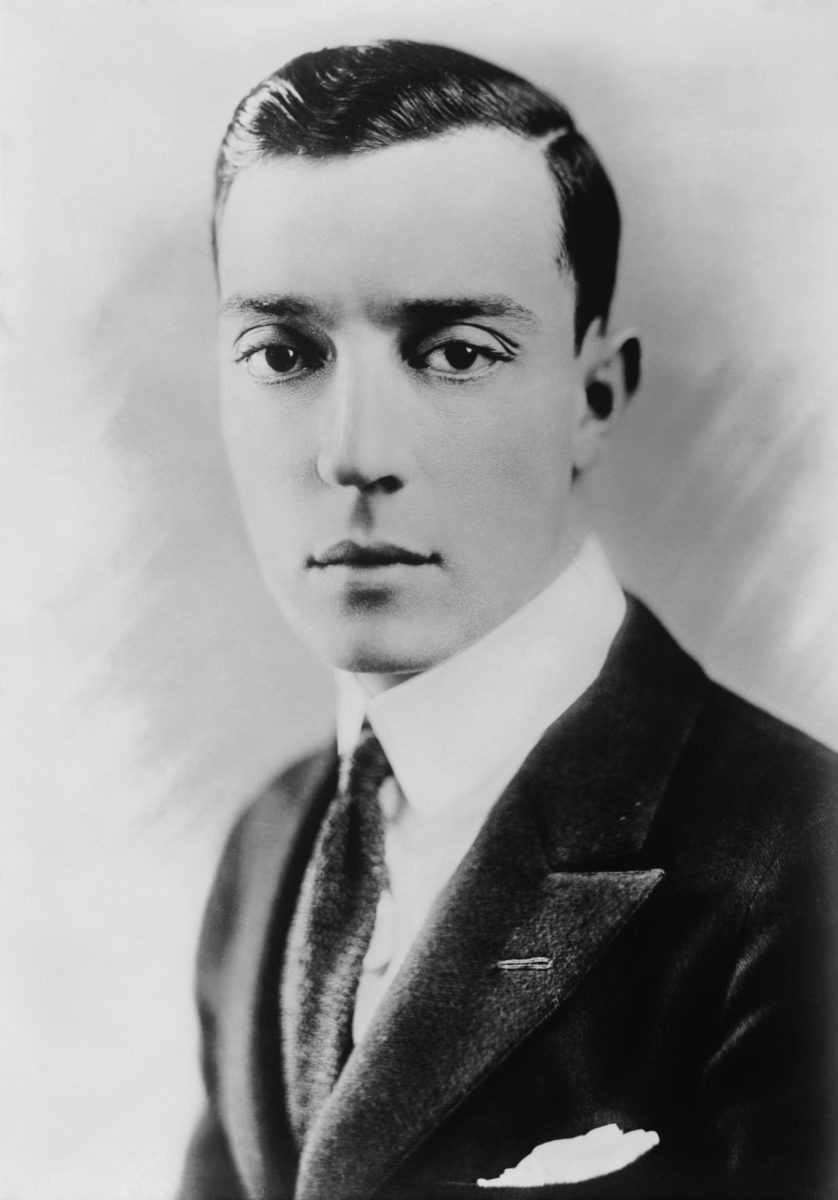Few names have gone down in history quite the way that Buster Keaton has. He is renowned as one of the greatest silent comedy directors and actors of all time, but his career came to an eventual standstill following one decision made in 1928, which still makes for a cautionary tale to independent filmmakers today.
Though he had previously been in several short films directed by Roscoe Arbuckle, Keaton’s first feature-length film as a starring actor was The Saphead in 1920. This film served as the jumping-off point for the rest of Keaton’s career, contributing to the creation of Buster Keaton Productions, his own independent film studio.
Keaton focused on short films for the first couple of years before moving to full-length feature films later on. It was during this time that Keaton built up his reputation for performing dangerous stunts, himself, with one scene in Sherlock Jr. even breaking his neck, which he was unaware of until years later. This also includes his famous facade gag. He also earned his title of the great stone face at this time through his tendency to act out his gags expressionlessly.
It was the release of The General (1926) that served as the first omen of things to come. The film featured the single most expensive shot in silent film history, forcing his distributors to bring on a production manager to manage expenses. Keaton released two more feature films before being employed by Metro-Goldwyn-Mayer (MGM).
Keaton was advised against signing a contract with MGM by Charlie Chaplin and Harold Lloyd, two of the other most famous comedy actors of the time, but he felt that it was the best decision available to him given the failure of his recent independent films. He later stated that this was the single worst decision of his career.
Keaton was shocked at how the studio operated, with everything being run on strict budgeting and planning. They wanted him as an actor to promote their films but had no interest in his writing and directing. Keaton also thought that the scripts that MGM presented him were too long and should be reduced, believing that the best comedies were simple.
Under MGM, Keaton was also forced to use a stunt double for any dangerous stunts, something Keaton strongly opposed. In his entire independent career, one riddled with dangerous stunts, he had only ever used a stunt double once because he lacked the skills to perform the stunt himself and was short on time to learn them.
This was around the time that the first sound films were coming into theaters, and Keaton was eager to make his first talkie. MGM was hesitant about making sound films, since many theaters worldwide had yet to adopt the technology. It took an additional year before Keaton could star in his first sound film at MGM, a 1930 film called Free and Easy. The film was not well received.
It was Keaton’s second sound film that became the most profitable film of his entire career, silent or sound. Released in 1931, Parlor, Bedroom, and Bath was praised for being one of the best among Keaton’s sound films. This was likely due to the freedom Keaton was given compared to his other sound films.
Keaton was then paired with Jimmy Durante for his next three films. Over the course of these three films, Keaton acted erratically and inappropriately, sometimes appearing visibly intoxicated. He began costing the company thousands of dollars. After the final film with Durante was finished, Keaton was fired from the studio.
Although he continued working as a gag writer, comedian, and short film actor, it would be another 29 years until he would return to feature films in 1960. He saw some success in the following years but was never again able to reach the heights of his independent silent film career. Keaton died of lung cancer in 1966 at the age of 70.

